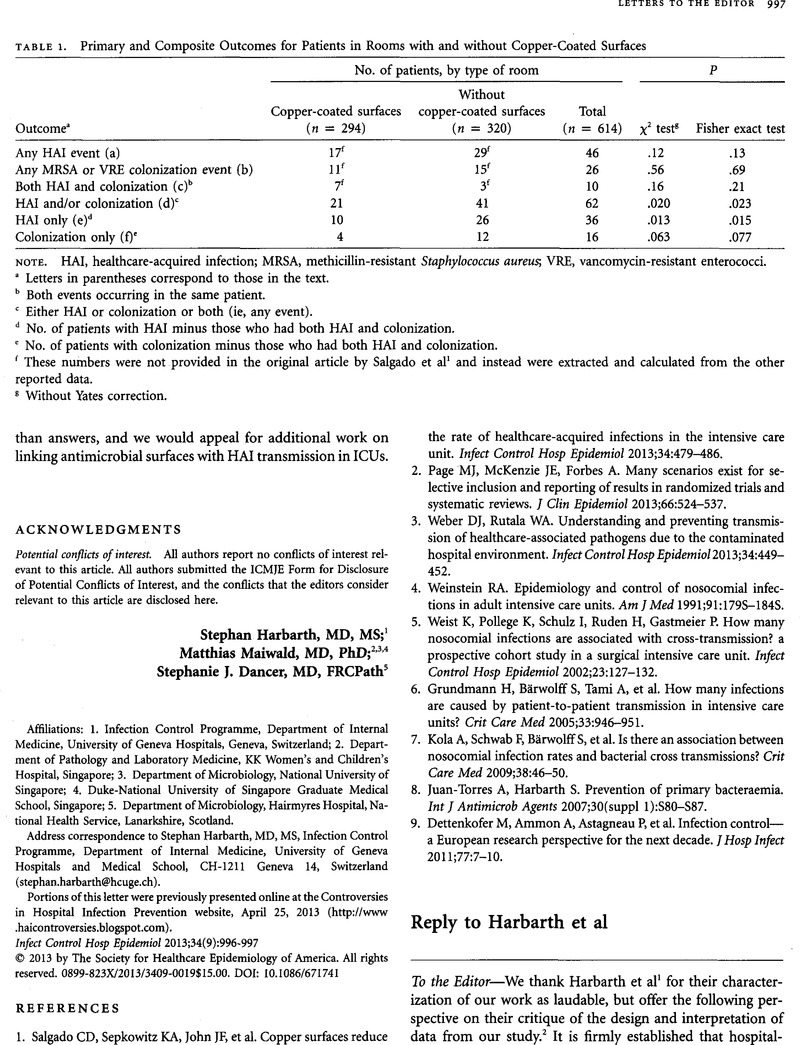Crossref Citations
This article has been cited by the following publications. This list is generated based on data provided by Crossref.
Otter, Jonathan A.
2014.
Use of Biocidal Surfaces for Reduction of Healthcare Acquired Infections.
p.
137.
Otter, Jonathan A.
Yezli, Saber
and
French, Gary L.
2014.
Use of Biocidal Surfaces for Reduction of Healthcare Acquired Infections.
p.
27.
Otter, J.A.
2015.
What's trending in the infection prevention and control literature? From HIS 2012 to HIS 2014, and beyond.
Journal of Hospital Infection,
Vol. 89,
Issue. 4,
p.
229.
Rock, Clare
Small, Bryce A.
and
Thom, Kerri A.
2018.
Innovative Methods of Hospital Disinfection in Prevention of Healthcare-Associated Infections.
Current Treatment Options in Infectious Diseases,
Vol. 10,
Issue. 1,
p.
65.
Bryce, Elizabeth Ann
Velapatino, Billie
Donnelly-Pierce, Tysha
Khorami, Hamed Akbari
Wong, Titus
Dixon, Richard
Asselin, Edouard
McGeer, Allison
Srigley, Jocelyn A.
and
Katz, Kevin
2022.
Antimicrobial efficacy and durability of copper formulations over one year of hospital use.
Infection Control & Hospital Epidemiology,
Vol. 43,
Issue. 1,
p.
79.





